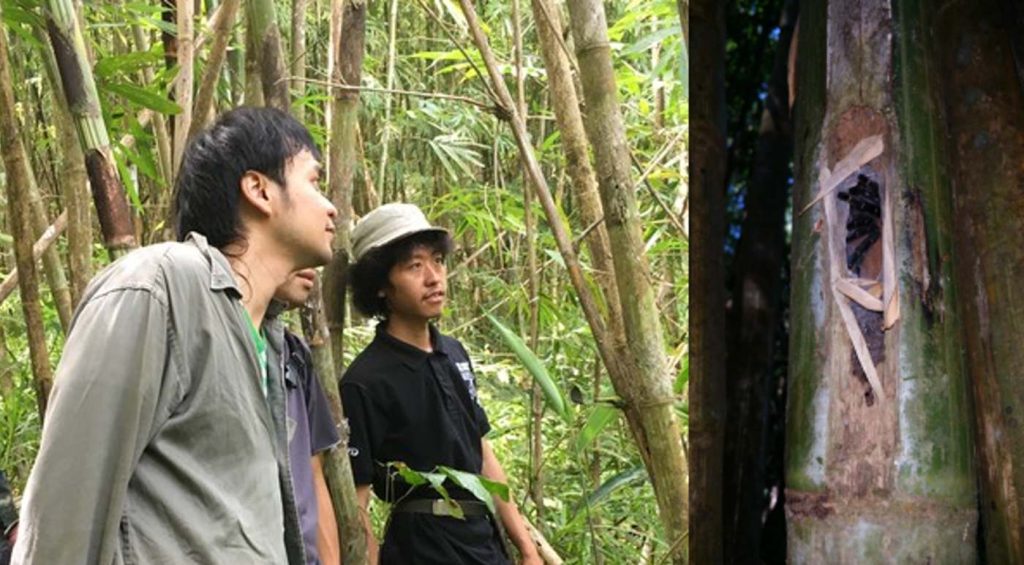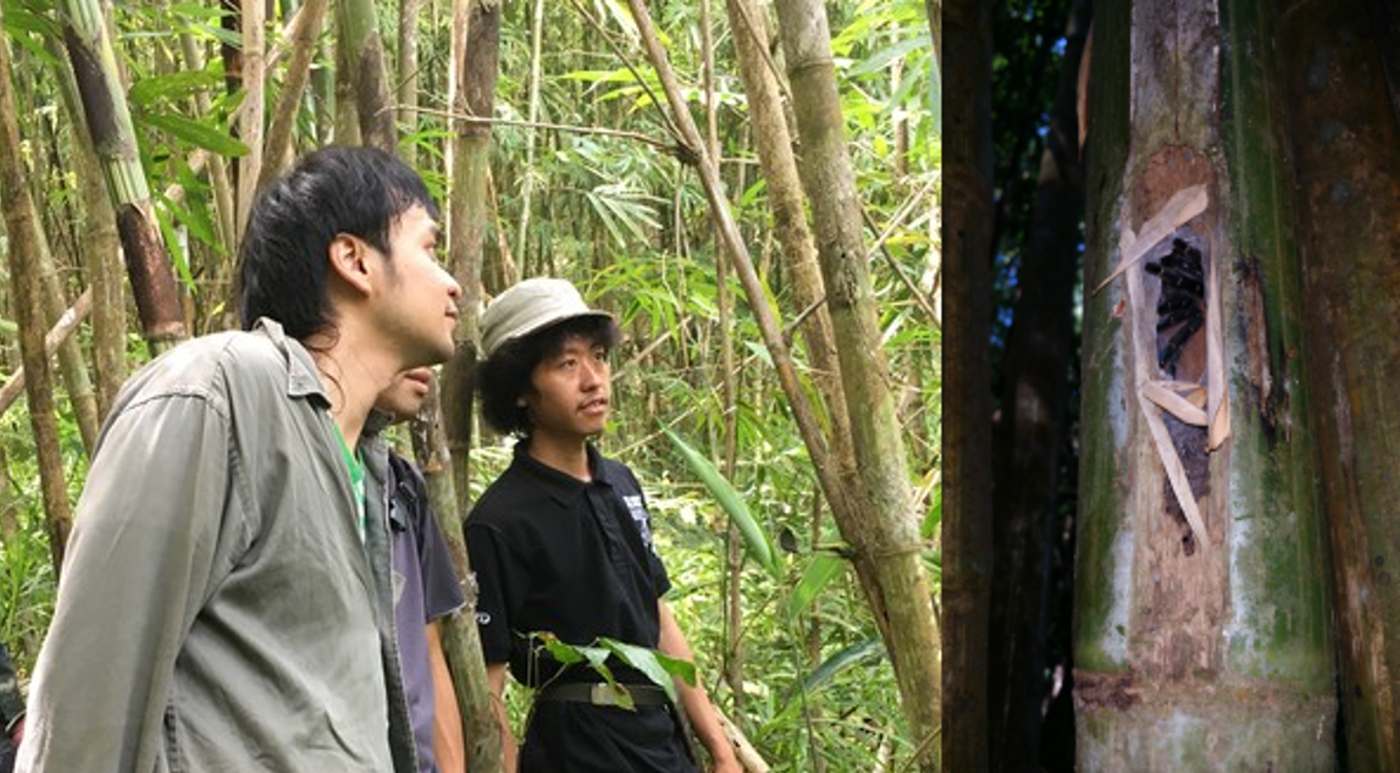
A wildlife YouTuber knew immediately when he saw a tarantula curled up in a stalk of bamboo: he had just discovered a new species.
What’s more, the discovery marked not only that of a new species, but a new genus, as none of the 1,000-strong member of the tarantula family has ever been documented living inside bamboo.
JoCho Sippawat is a Thai YouTuber with 2.5 million subscribers. The young man seeks out rainforest creatures in much the same way the television greats of yesteryear—Jack Hannah, Steve Irwin, and Jeff Corwin, used to.
After finding the spider near his home in Tak Province, Sippawat emailed a photo of the spider to arachnologist Narin Chomphuphuang of Khon Kaen University. His team spent the summer of 2020 surveying the area, and when they were finished they declared it new to science.
Colloquially called the bamboo-culm tarantula, the scientific name is Taksinus bambus after Taksin the Great—a famous king from the Tak Province. “Culms” are the individual chambers inside bamboo, into which the black and silver spider makes its home; normally through small slivers or fractures in the outer bark. Once inside, it spins a silken and conical home.
RELATED: 70 New Species Were Discovered in 2021 – Including 2 Guitarfish and a Pink Pygmy Pipehorse
“This species is unique because it is associated with bamboo, and we have never observed this tarantula species in any other plant,” Chomphuphuang writes. “It is not an exaggeration to say that they are now Thailand’s rarest tarantulas.”

But how can a spider—itself having no tools with which to puncture or pierce the hard bamboo, make its way inside to nest?
“Bamboo is preyed upon by a variety of animals, including the bamboo borer beetle, bamboo worm, bamboo-nesting carpenter bee, and small mammals such as rodents. Furthermore,”Chomphuphuang adds. “Bamboo cracking is primarily caused by rapid changes in moisture content induced by the atmosphere, uneven drying, or drenching followed by rapid drying or by human activities.”
MORE: See 1,000 Glorious Fin Whales Feeding Together: Share Their Comeback From Near Extinction
The spider is also of interest to science because of its small sexual organs, and the fact that while arboreal tarantulas, which tend to spend their time in the trees, are found in Indonesian islands like Sumatra, Sanghi, and Sulawesi as well as Malaysia and Singapore, none of them have ever been found in Thailand.
GNN previously reported on the discovery of a new species of Kukri Snake in the Himalayas found on Instagram. A young man who was shut in at home due to the pandemic started rapidly posting pictures of animals on social media, which led a research team to first describe the intriguing snake.
CRAWL This Fascinating Discovery From Thailand Over to Friends…




















